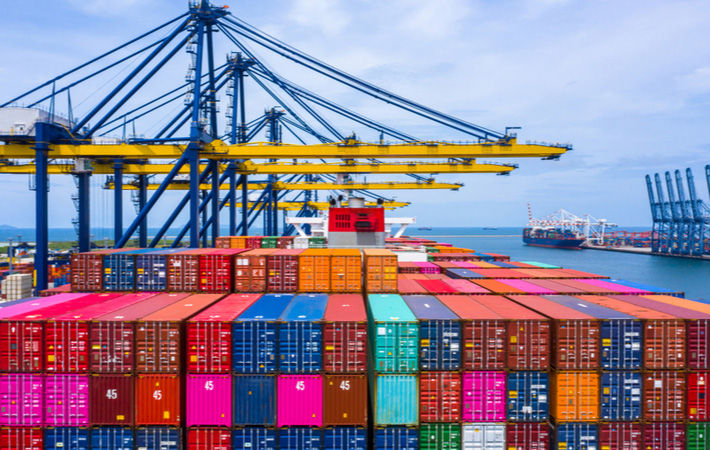The Regional Comprehensive Economic Partnership (RCEP) free trade agreement takes effect from January 1, bringing together 15 Asian and Oceanian nations that account for 30 per cent of the world’s economy. It will abolish import tariffs on 91 per cent of items. Trade within the Asia-Pacific, already worth $2.3 trillion in 2019, will receive a major boost, just as Asia-Pacific nations try to recover from the pandemic.
RCEP signatories are the 10-member Association of Southeast Asian Nations (ASEAN) and China, Japan, South Korea, Australia and New Zealand.
It will also set common rules around trade, intellectual property, e-commerce and competition in a move, the United Nations, said would raise the Asia Pacific region’s position as a ‘center of gravity’ for global commerce, according to media reports in Asia.
The Regional Comprehensive Economic Partnership agreement takes effect from January 1, bringing together 15 Asian and Oceanian nations that account for 30 per cent of the world’s economy. It will abolish import tariffs on 91 per cent of items. Trade within the Asia-Pacific will receive a major boost as nations try to recover from the pandemic.
According to the UN Conference on Trade and Development (UNCTAD), RCEP would boost inter-regional trade by $42 billion. A big potential benefit arising out of RCEP’s ‘common rules of origin’ is that members will require only one certificate of origin for trading within the bloc.
RCEP is Japan’s first economic partnership agreement with China and South Korea. Japan’s auto industry is expected to benefit a lot from the tariff cuts. The Japanese government estimates increased trade as a result of the tariff cuts may push up its real gross domestic product (GDP) by around ¥15 trillion. Japan will lower tariffs on clothing, matsutake mushrooms and makgeolli, a South Korean alcoholic drink.
China will gradually raise the proportion of imports of industrial products exempted from tariffs from 8 per cent to 86 per cent over two decades. South Korea will also increase the proportion of such tariff-exempted items from 19 per cent to 92 per cent.
India opted out during late-stage negotiations in 2019, concerned over possible cheap imports from China.
RCEP is the first major trade pact for China, which applied for TPP membership in September 2021 to capitalize on the economic growth of the Indo-Pacific region.
While many expect China and other big Asian countries to benefit the most, RCEP may leave smaller ASEAN nations at a disadvantage, as the trade deal doesn’t cover their major industries. The smaller countries may also lose some of their benefits from trade preference programmes that allow them to export tariff-free products outside of ASEAN, including South Korea and Japan.
The lower-income countries should, however, gain from so-called trade diversion, where commerce is redirected from non-RCEP members. UNCTAD said trade diversion would be “magnified” as integration between RCEP goes further in the next decade.
Fibre2Fashion News Desk (DS)






